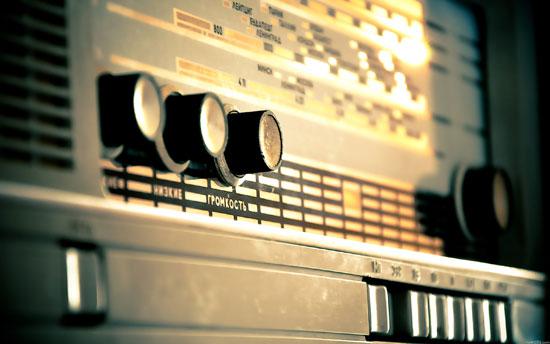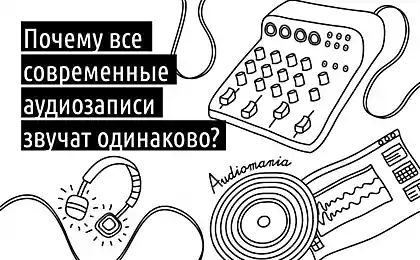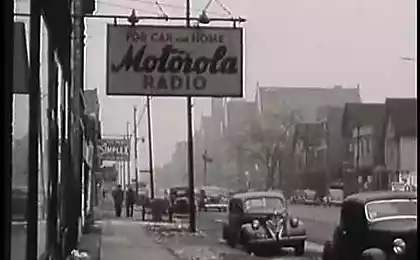1157
Interesting facts about radio

116 years ago in this very auspicious day May 7 great inventor Popov created the first radio. Needless to say how much the invention of radio and irrevocably changed the history of human civilization. Forerunner of modern radio, mobile phones, televisions, radio telescopes and a bunch of other useful things, without which today's man as without hands. To pay tribute to the history of the invention of radio, I decided to compile some of the interesting facts of the radio.
Congratulations, friends!
1. The first experiences that have contributed to the invention of radio, put American dentist Mahlon Loomis. Wireless communication was carried out using kites that are raised in the air two wires. Already in 1868 he was able to transmit a signal over a distance of more than 20 kilometers. So all dentists can be proud of this fact.
2. The development of radio has put its forces and our favorite Nikola Tesla. Incidentally, he patented the radio transmitter.
3. In Russia, many consider the inventor of radio Alexander Popov, however, long before many scientists conducted experiments Wireless signal transmission, and not without success. Popov can be considered the first man sent a radiogram. Text it consisted of two words "Heinrich Hertz».
4. At the turn of the century was wrecked steamship "Masens." During the rescue operation for the first time successfully used radio.
5. The first radio broadcast on the Internet began to Carl Malamud in 1993. The name of the station was «Internet Talk Radio».
6. French virologist Luc Montagnier (Nobel Prize winner in the fight against HIV and AIDS) was first suggested back in 2009 that bacteria can communicate with each other via radio waves. This caused a lot of debate among scientists who began to carry out detailed studies on the subject.
Recently a group of biophysicists from Northeastern University in Boston have discovered how the so-called "radio bacteria." In his studies, scientists rely on the fact that bacterial DNA is in most cases a closed loop. And it from atom to atom can "run" electron. As quantum particle, the electron when moving will take on different values of the energy that is moving between the energy levels, while radiating energy. The frequency of such "jumps" and will correspond to the frequency of radiation.
According to calculations Uedoma Allen, head of the research group, the frequency of the electron radiation while moving around the ring of DNA corresponding to 0, 5, 1, 1, 5 kHz. Note that the frequency of these signals is previously registered in Escherichia coli.
The problem, however, is the fact that while the model suggests that certain bacteria can produce radio waves, there is no evidence that such radio wave is actually used as a means of communication. And this is a new subject for research.
A new study by researchers from Boston probably inspire scientists to look at the subject more deeply. Most importantly, it established that the bacteria lack the means to generate radio signals.
Author: felbert.livejournal.com
via factroom.ru
AJ - a woman who remembers every day of his life up to the minute
"Crying for joy" is actually impossible






















